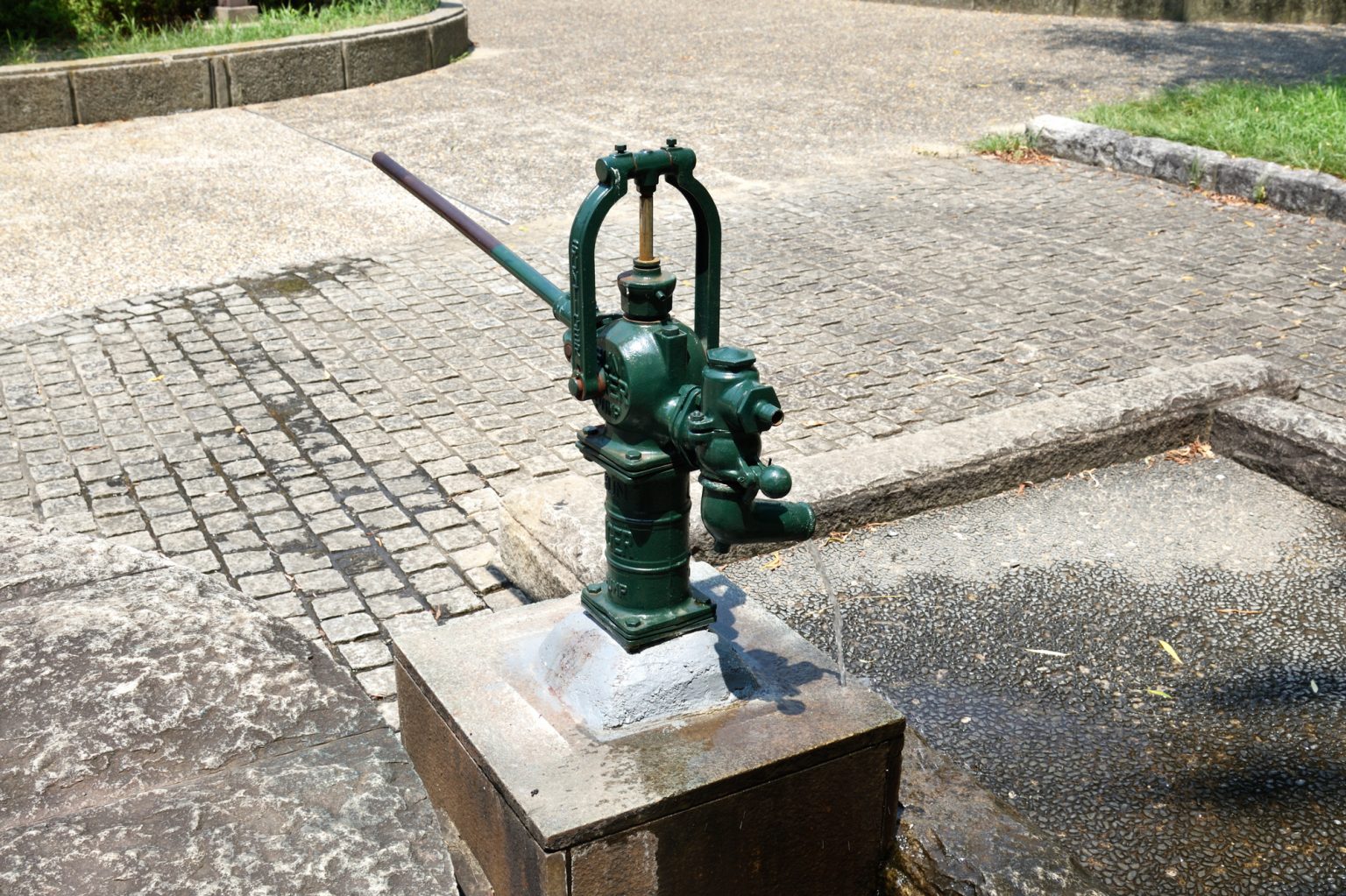
8 Well Pump Problems and How to Avoid Them
Photo from Adobe Stock
Originally Posted On: https://blairnorris.com/8-well-pump-problems-and-how-to-avoid-them/
When you have your own well pump, you know the advantages of an independent water supply.
But when it comes to fixing well pump problems, being on your own can be daunting.
If these problems persist, your lifestyle can become uncomfortable and inconvenient.
Luckily, there are plenty of solutions homeowners can employ to solve numerous common well pump problems. Even if you’ve got your own water supply, other people have solved these issues so that you don’t need to guess.
So keep reading for eight well pump problems and how to avoid them. We’ll give you a good breakdown of how to handle your faulty well pump system.
1. It’s Turned Off
As obvious as it may seem, sometimes certain mechanisms do need to be turned on and off. So before you delve into any other ways of troubleshooting well pump problems, check to see if it’s turned on at all. If it’s not, switch the pump back on.
If the pump won’t switch back on, check the electrical panel to see if the circuit breaker’s tripped. If it has, turn it off then on again.
2. Exhausted Well Pump
Bad well pump designs cause strain to the actual device, which must work harder to compensate for poor design setup. This is because of part compatibility. Namely, the pressure tank isn’t sized according to the residents’ water use, which doesn’t allow it to take a break from operating.
To solve this problem, homeowners must replace their tank with one that can accommodate their water usage. While they work on getting a new one, it’s best to reduce water consumption while working with the old tank. But the new one must be installed since the old one has aged too much to function properly.
3. Bad Pressure Switch
Homeowners experiencing abnormal water pressure should check their pressure switch. If the switch is the problem, it won’t activate the well pump to provide the home with water.
Give your switch a go by removing the switch’s cover. Hit the tube with the handle of pliers or a screwdriver, waiting to see if the pump starts after an electric spark. If it does, that means that there’s a problem with the pressure switch.
Instead of paying for a whole new pump, you can replace the switch or tank. It will be as effective but cheaper than buying an entirely new pump.
4. Pumping Air
This problem tends to crop up with age and is detected when faucets and pumps spurt out both air and water. This can be because of pipe damage, which allows air to travel into the system.
Replacing and setting up pipes is a complicated task best left to professionals. So if you’re noticing too much air circulating through the system, give an expert a call.
5. Intermittent/Short Cycling
Short cycling is when pumps cycle intermittently, indicating damage such as leaky water, damaged pressure switches, and faulty air bladders. Short cycling is a symptom of several sources, which can make it difficult to diagnose the problem.
For ambiguous cases like these, calling a professional is best. It’s better to call someone that can swiftly detect and solve the problem with expertise than to be unsure about both the problem and solution.
6. Water Sediment
Sediment buildup from dirt, small stones, and hard water minerals can all degrade your pump’s ability to function. All these contaminants can erode away at the pump’s parts but can also congest the pump’s water flow.
You’ll notice this if you notice your pump producing gritty water. Opening up the tank will reveal the level of damage the contaminants have caused.
Either the pump is too large or the wall screen has experienced significant wear and tear. The former makes too much room for third-party access and the latter isn’t equipped for filtration anymore. Replacing either the pump or the wall screen will most likely finish the job.
7. Lack of Pressure Switch Maintenance
This is one of the most common causes of well pump pressure switch problems. Without regular maintenance, problems can worsen and interrupt your pump’s operation more frequently.
First, make sure the pressure tank is turned off. Then take the cover off the switch, perform tests on the switch, and readjust the pressure adjustment nut according to the manufacturer’s instructions. This easy and quick task should be done twice a year, especially in a climate with high humidity.
8. Constant Operation
Your pump might overwork itself through the constant operation. Instead of cycling through with the usual timing, it works itself constantly, unnecessarily pumping water in and out. notice an increase in your water bills, then it’s probably due to your water pump.
This is most likely because the water is too low, which is probably because of pressure switch issues. If it’s because of pressure switch issues, refer back to #3 and #7 for both restorative and preventative measures.
Don’t Let These Well Pump Problems Last
When it comes to our daily, domestic lives, running water is essential. Without it, our families health and hygiene is at threat, making our livelihoods harder than it needs to be. So if you need help troubleshooting water well pump problems, guides like these can get you closer to the water quality you deserve.
At Blair & Norris, we know what’s at stake when it comes to the quality of our water. That’s why we offer many services that make sure that your tanks work. So if you want to solve your well pump problems, contact us today to book an appointment!
